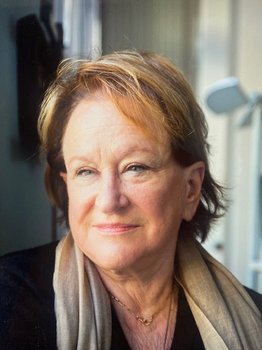The body from inside out
Traditionally face and body perception have been studied with the same approach that visual science has developed for object perception. Basically, one (or a few) category selective areas are localized that compute an entry level representation for the target category. These representations then serve for the purpose of calculating eg. intention, action and expression. But so far it is unclear just what is computed in category selectivity and what serves as input to higher order computations. We will discuss a different approach using data driven methods that jointly addresses category selectivity and expression perception. As a step towards this, we found clear evidence for species specificity in the brain representation of whole-body movements. The network of body-sensitive areas exhibits specificity for human bodies compared to monkey bodies (Li et al., 2022), and the same specificity is observed in EEG of humans in the gamma band (Chesley et al., 2024). Unpublished studies in monkeys suggest a similar bias, with human videos triggering lower activity in the monkey brain compared to monkey videos. We are currently developing this approach further by investigating biomechanical constraints and determining where in the visual system biomechanical constraints are coded. In this talk we will also explore the link between body pereption and interoception
Biography
Professor Beatrice de Gelder holds degrees in both Philosophy and Psychology, and received her PhD in 1972 from the University of Louvain, Belgium. She began her academic career teaching Philosophy of Science, first in Leiden and then in Tilburg. In the mid nineties de Gelder changed her field of interest to Cognitive Science. She is currently professor in the Department of Cognitive Neuroscience, Faculty of Neuroscience and Psychology, Maastricht University. Her main interests lies in the 4 topics below:
- Non-conscious recognition in patients with cortical damage.
- Emotional expression in whole bodies.
- Face recognition and its deficits.
- Multisensory perception and the interaction between auditory and visual processes.
